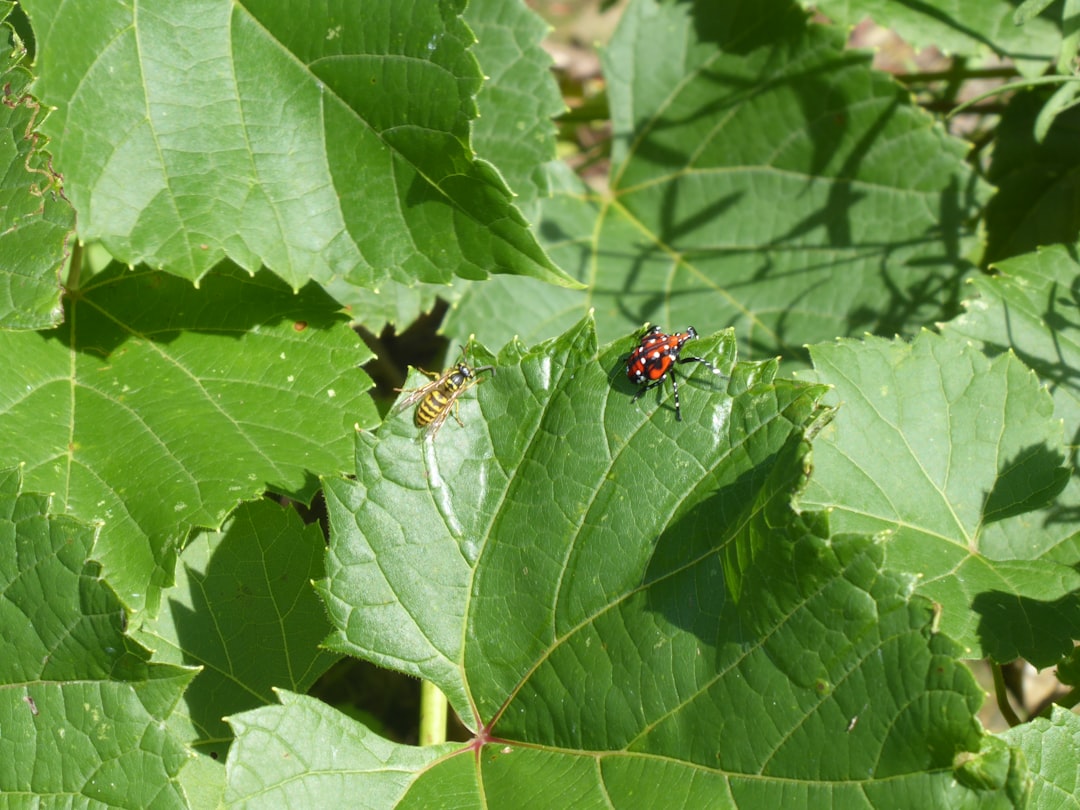A flourishing garden is every gardener’s dream, but it can quickly turn into a battleground when pests invade. While chemical pesticides may offer a quick fix, they often come with harmful side effects for the environment, beneficial insects, and even our health. Fortunately, natural pest control methods are highly effective and environmentally friendly, offering a sustainable way to protect your garden while preserving its ecosystem.
In this guide, we’ll cover common garden pests, their natural solutions, and preventative measures to maintain a healthy, pest-free garden.
Understanding Common Garden Pests
Before jumping into solutions, it’s essential to identify the pests causing damage. Here are a few common culprits:
- Aphids: Tiny sap-sucking insects that cluster on leaves and stems, causing stunted growth.
- Slugs and Snails: Known for munching on leaves, especially tender seedlings.
- Whiteflies: Small, flying insects that feed on plant sap and spread diseases.
- Caterpillars: Leaf-munching larvae of butterflies and moths that can quickly defoliate plants.
- Spider Mites: Tiny pests that leave webbing and yellow spots on leaves.
- Japanese Beetles: Metallic beetles that skeletonize leaves.
- Cutworms: Larvae that cut young plants off at the base.
Eco-Friendly Pest Control Solutions
1. Encourage Beneficial Insects
Nature has its own pest control system—predatory insects that feast on garden pests.
- What to do:
- Plant flowers like marigolds, yarrow, and daisies to attract ladybugs, lacewings, and hoverflies.
- Allow praying mantises and spiders to roam your garden.
- Beneficial insects to attract:
- Ladybugs: Devour aphids and other soft-bodied insects.
- Parasitic Wasps: Target caterpillars, whiteflies, and beetle larvae.
- Ground Beetles: Hunt slugs, snails, and caterpillars.
2. Homemade Natural Sprays
Natural sprays can deter pests without harming plants or the environment.
- Garlic Spray: Crush 10 garlic cloves and mix with a quart of water. Let it steep overnight, strain, and spray on plants to repel aphids, whiteflies, and caterpillars.
- Neem Oil: A natural pesticide that disrupts the lifecycle of pests like aphids, spider mites, and whiteflies. Mix 2 tablespoons of neem oil with a gallon of water and spray on affected plants.
- Soap Spray: Mix 2 tablespoons of dish soap with a gallon of water. Use this to smother soft-bodied pests like aphids and spider mites.
3. Use Physical Barriers
Barriers are a simple and effective way to keep pests away from your plants.
- Floating Row Covers: Protect crops from flying pests like whiteflies and moths.
- Copper Tape: Repels slugs and snails when placed around pots or garden beds.
- Netting: Keeps birds, caterpillars, and larger pests away from fruits and vegetables.
4. Trap Pests
Traps can help manage pest populations without harming beneficial insects.
- Slug Traps: Fill shallow containers with beer and place them in your garden. Slugs are attracted to the scent and will fall in.
- Sticky Traps: Use yellow sticky traps to catch whiteflies, fungus gnats, and other flying pests.
- Pheromone Traps: Attract specific pests like moths to prevent them from laying eggs.
5. Companion Planting
Certain plants repel pests naturally, while others attract beneficial insects.
- Marigolds: Deter nematodes, aphids, and whiteflies.
- Basil: Repels mosquitoes, flies, and aphids when planted near tomatoes.
- Nasturtiums: Act as a trap crop for aphids and whiteflies, drawing them away from other plants.
- Chives and Garlic: Repel aphids, Japanese beetles, and carrot flies.
6. Handpicking Pests
For large pests like caterpillars, slugs, and beetles, handpicking can be effective.
- How to do it:
- Inspect your garden early in the morning or late in the evening.
- Drop pests into a bucket of soapy water to dispose of them safely.
- Pro Tip: Wear gloves and use tweezers for hard-to-reach spots.
Preventative Measures for a Healthy Garden
1. Maintain Soil Health
Healthy soil grows strong plants that are more resistant to pests.
- Add compost and organic matter regularly.
- Rotate crops to prevent pest buildup.
2. Water Wisely
Overwatering can create a haven for pests like slugs and fungus gnats.
- Water early in the morning to allow plants to dry during the day.
- Use drip irrigation to minimize moisture on leaves.
3. Clean Your Garden
Remove debris and weeds where pests can hide and breed.
- Prune diseased or damaged leaves.
- Clear away fallen fruit and dead plants.
4. Diversify Your Garden
Monoculture gardens are more prone to pest infestations.
- Mix different plant species to confuse pests.
- Include flowers, vegetables, and herbs in the same space.
When to Seek Professional Help
If pest infestations become overwhelming, it may be time to consult a professional for eco-friendly pest control services. They can offer targeted solutions while ensuring the health of your garden and the environment.
Conclusion: Gardening in Harmony with Nature
Natural pest control isn’t just about protecting your plants; it’s about creating a balanced ecosystem where plants, beneficial insects, and the environment coexist. By using these eco-friendly methods, you can enjoy a healthy, thriving garden while contributing to a more sustainable future.
Have you tried any of these natural pest control methods? Share your success stories or questions in the comments below!

Comments
No comments yet. Be the first to comment!
You must be logged in to comment. Login